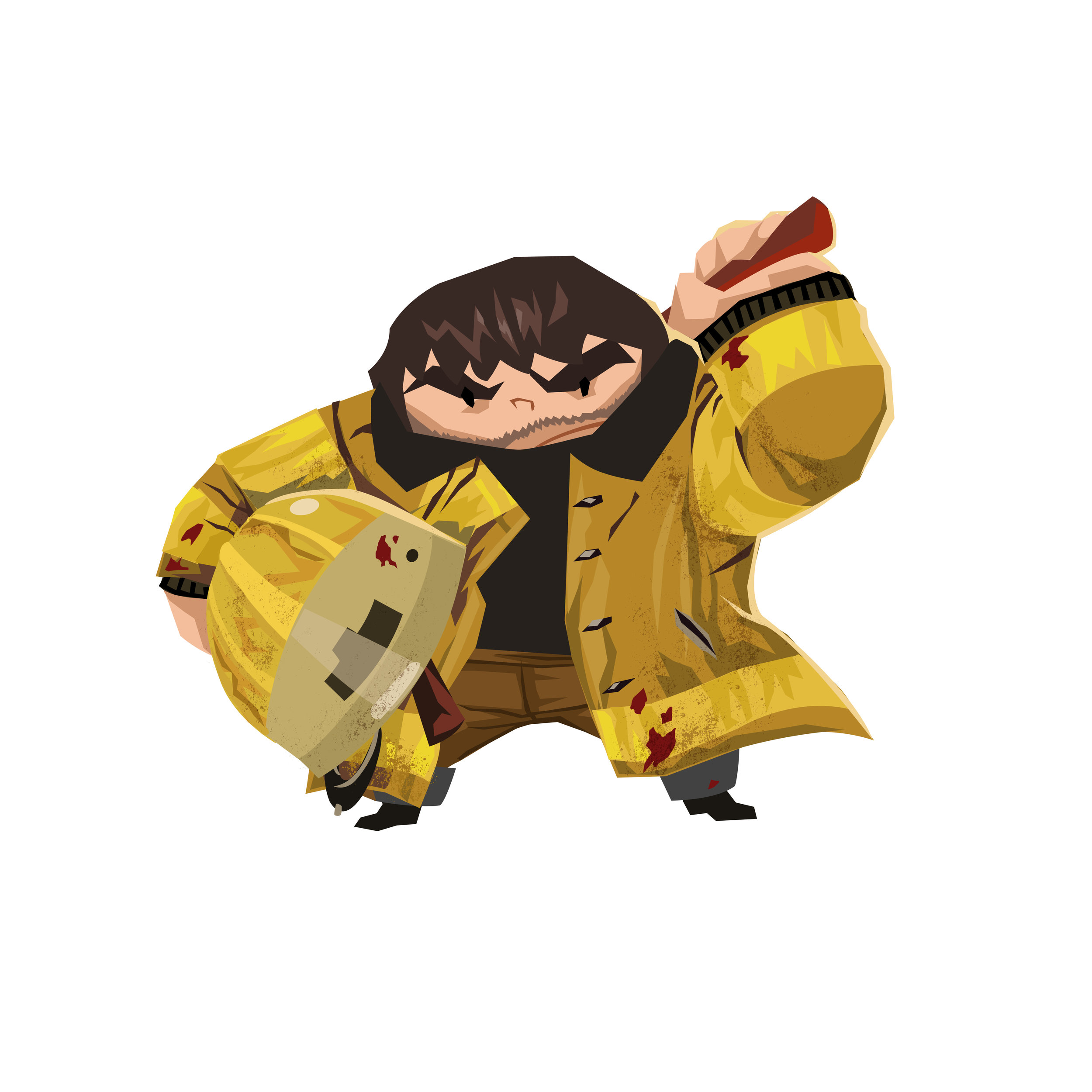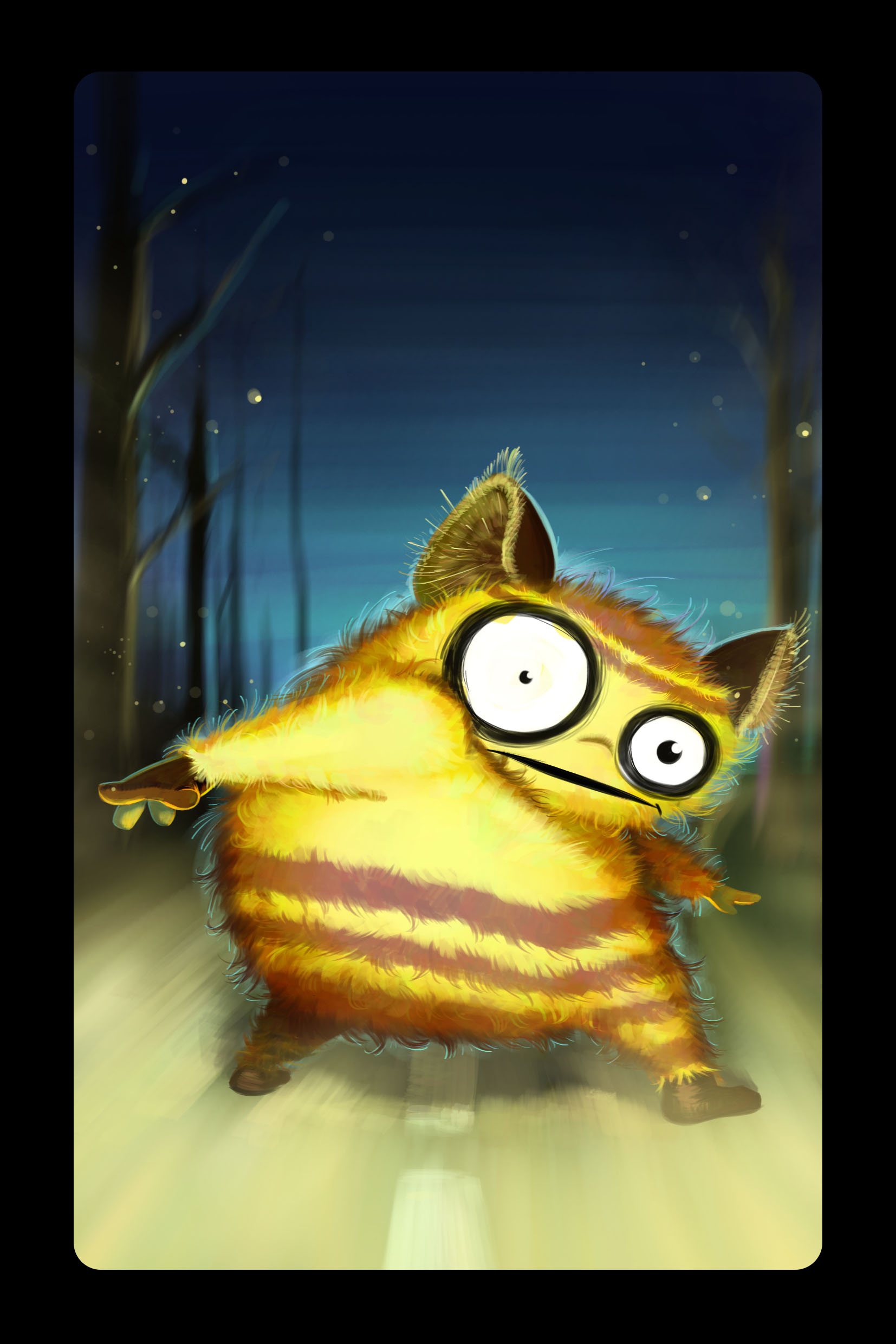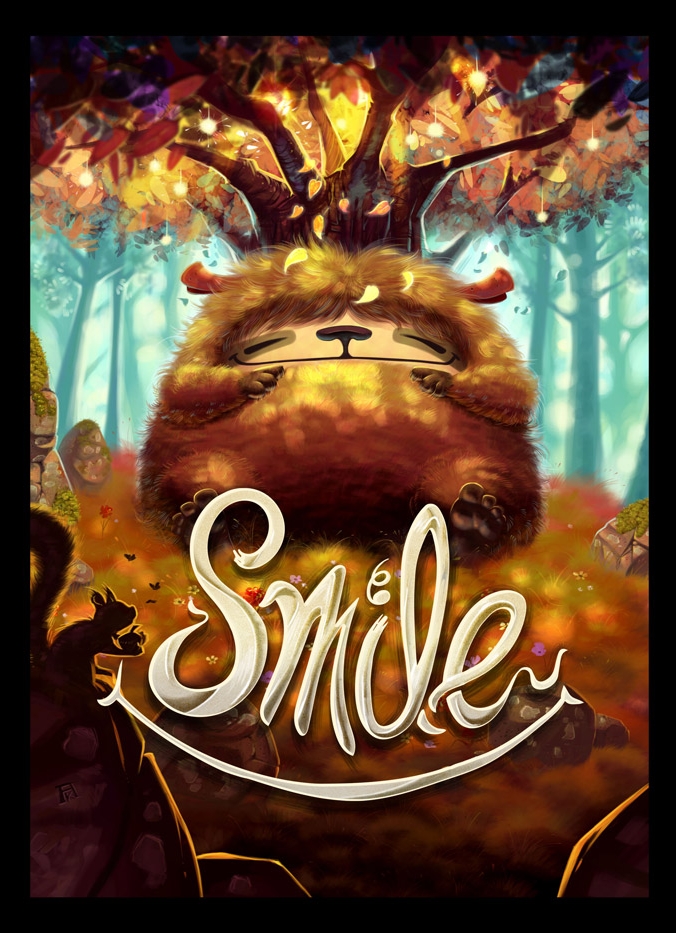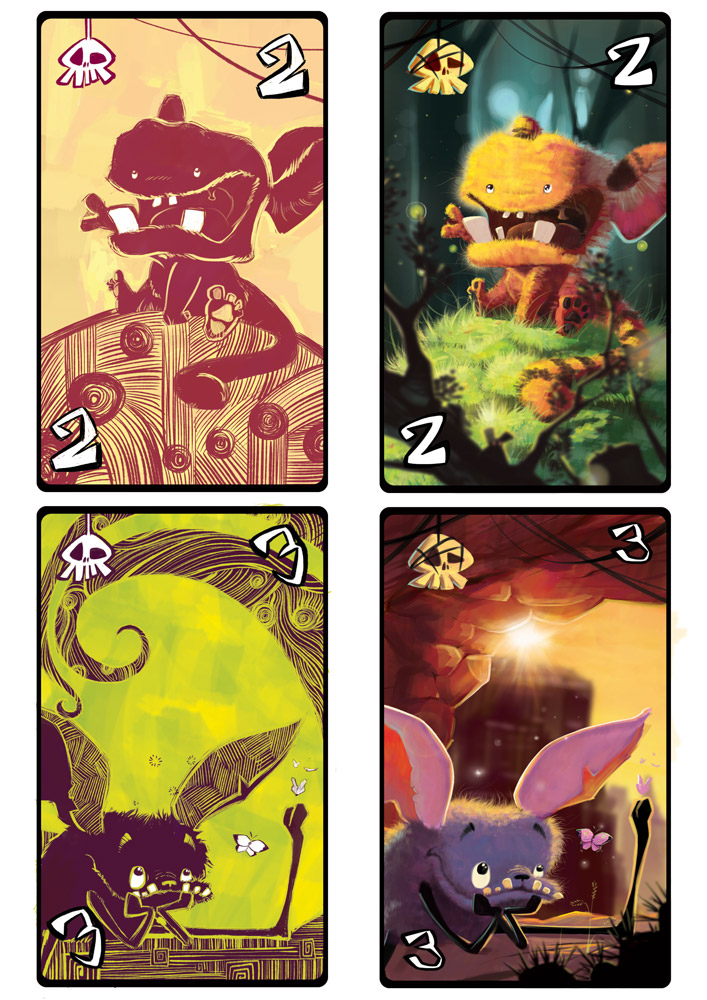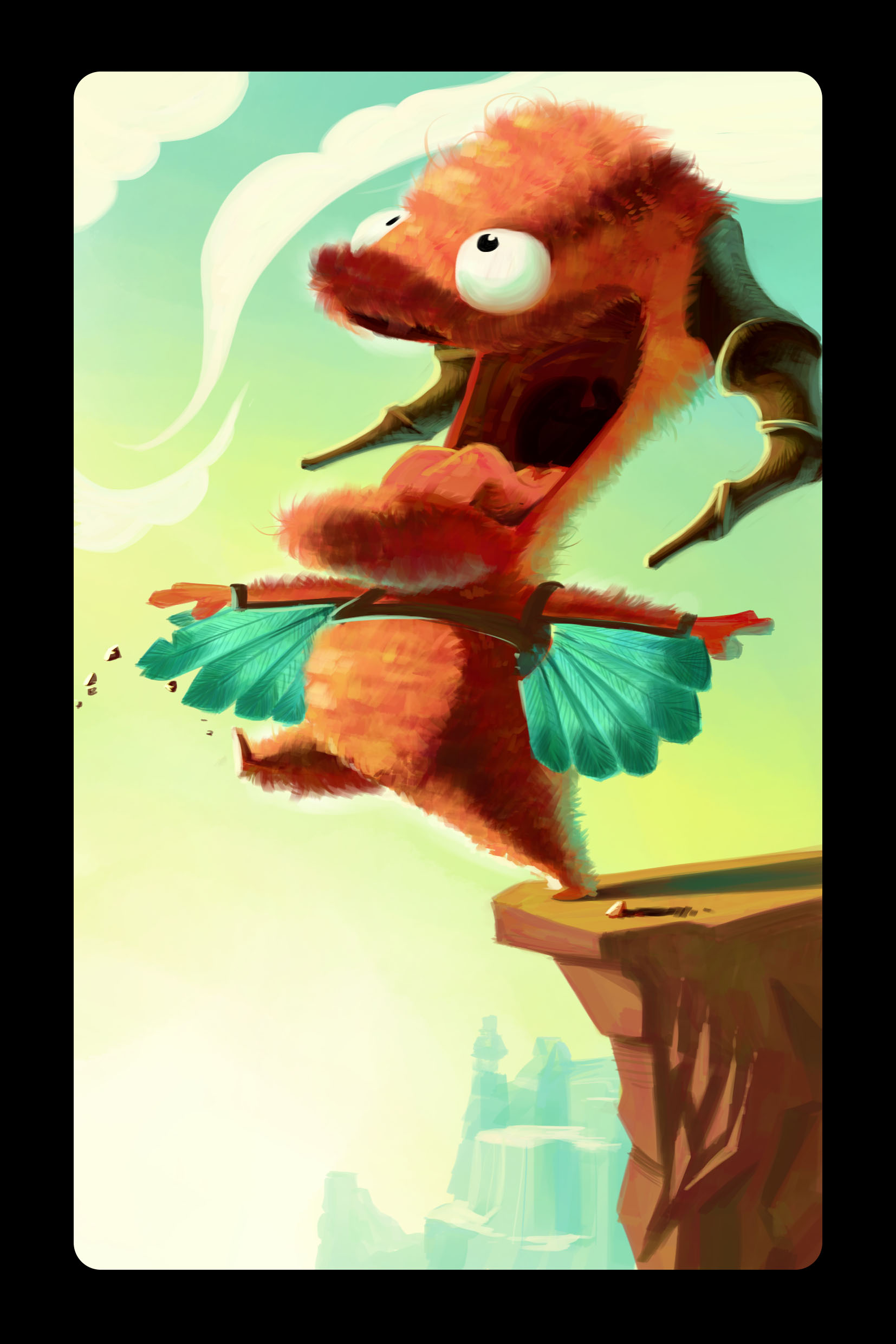Chris Quilliams: Art in Board Games #19
[..] I had the opportunity to work on Pandemic Legacy with my Z-Man team. I knew about the Legacy system at the time but had never played Risk Legacy, so I really knew nothing about the game mechanics. Everybody knew the game was going to be special, which really added to the excitement. So because of that there was a bit of extra pressure [..]
This week we have Chris Quilliams an artist who has worked on games such as Pandemic, Pandemic Legacy, Carcassonne, Merchants and Marauders, Flick ‘Em Up! and Azul with companies such as Z-Man games and Plan B games.
Hello Chris, thanks for taking the time to speak to us. Firstly, could you tell us a little bit about yourself?
Sure no problem, starting at the beginning, I was born in Saskatoon, Saskatchewan, Canada. My family moved to Winnipeg, Manitoba when I was about 3 years old and that’s the city that I really grew up in. Ever since I can remember I’ve always loved drawing, from what I’ve been told starting at about a year and a half. My grandmother and father were both very big influences and both of them were artists, so I had constant inspiration around me. Through school I was always the class artist and after high school I went through the fine arts program at the University of Manitoba wanting to become a comic book artist. In the last couple of years of University I focused heavily on sequential art, especially in my thesis year.
One of my biggest influences was a friend I met at a local comic book convention, Doug Wheatley. In the early days before we were employed as artists we would hang out and just try to develop and hone our skills. It’s funny how in those days we would look to the future at our possible careers and of course now I look back at those days with such fond memories... now that we both have our careers. Haha!
My first big break I guess came from Beckett, a trading card company, I did some stints illustrating sports comics with Mickey Mantle and Cal Ripken Jr. but it wasn’t full time work. That would come later when I started illustrating for Games Workshop working on their Black Library line. Doug has since gone on to become a well know artist working many years on the Star Wars comics among many other things.
Recently I’ve held an office job for Z-Man games as a staff illustrator, so I’ve been living in Quebec (where the company is located) for the last five years. I’m married to my lovely wife Annie, we have two dogs and now I work in Rigaud Quebec at Plan B games, a fairly new company to the game industry. We have some amazing games coming in the production line developed by our incredibly experienced, talented staff.
Now we know a little more about you, I have to ask, as a child what did you want to be when you grew up?
I’ve always wanted to be some kind of artist, I can’t remember a time when I wasn’t driven in that direction, it was just a given. I think anyone in my family would say there was never any doubt. Ever since I can remember I obsessively wanted to draw. There was even talk of holding me back a grade in my kindergarten class because I didn’t care about anything besides drawing and painting. I didn’t want to learn anything else. Of course there are times when I don’t feel like drawing but it’s rare.
So how did you first get involved in making board games?
I first got involved in the game industry through Zev Schlasinger. At the time he was the owner of Z-Man Games in the U.S. I had illustrated many Conan RPG covers for Mongoose Publishing over a few years and I guess they had made a deal with Zev to use that art for the Conan card game he was creating. After he produced this game he contacted me to work on some of his other productions. I started with another card game called Shadowfist and this game was the reason that Zev started his company. After that it didn’t take long to develop a client base in the tabletop industry, especially after I worked on Merchants & Marauders which won the Board Game Geek art award in 2011. I found this gave a real lift to my career and it became much easier to have a steady workflow.
When you are working on the art of a board game can you give us a quick overview of your creative or thought process and has this changed at all since you first started?
Well, at the beginning of my career I was illustrating comics for a short while as I mentioned before. I’d get a script, create thumbnails planning the frames per page for composition and storytelling, and then render tight pencil drawings from the thumbnails. Other people would ink and color the work though, and I found the art would evolve into something that I didn’t recognize anymore. When I started on the Daemonifuge storylines for Games Workshop I was able illustrate the work to full completion, having the confidence to ink the pages as well as use ink washes for tone. I’ve never been a great inker but I found this completely satisfying. This process is quite different than what I go through now though.
When I began game illustration I started with rpg covers and interior art, and this creative process is much more similar to what I do now. I was paid a lot more for the covers and as such I could spend more time developing a refined image. I would not only do several thumbnails, but also color guides and sometimes even character designs, as well as research and gather references. I really believe in the process. For the interiors I would just go straight to the drawing, get approval and then start inking. The goal was to keep the time limit down because I was paid a lot less for these. Then, when I switched to game illustration I would create multiple thumbnails and color guides, again a very similar process to my rpg work. All this pre-visualization work could easily be edited without affecting the final draft.
I developed a nice working relationship with Sophie Gravel the then owner of Filosofia. They had just purchased Z-man games from Zev and she had really liked my Merchants & Marauders illustrations, eventually offering me a full time position to work for her company. I accepted and within two months moved to Quebec, Canada to work in the Z-Man games office and I had to adapt once again. Here I was working closely with a team of people (keep in mind I worked in isolation for 13 years) and had much more interaction, which I really wasn’t used to. This included playing the games, but also a lot more constant changes to the artwork. This meant the art evolved quite differently. Another thing I had to get used to was a 7 or 8 hour work day as opposed to 12-14 hrs a day.I now prefer working with a team rather than being in seclusion as I find the process much more exciting compared to when I was on my own. It also means that my work has become much more of a team effort throughout the process. At first it was difficult, but now I find I really rely on the feedback and creative influence from others and produce a lot more work in a shorter period of time.
You were involved in the creation of Pandemic Legacy season 1 and 2, so could you tell us a little bit about what that involved and what were the biggest challenges you faced?
After working on the relaunch of the very successful Pandemic franchise I had the opportunity to work on Pandemic Legacy with my Z-Man team. I knew about the Legacy system at the time but had never played Risk Legacy, so I really knew nothing about the game mechanics. Everybody knew the game was going to be special, which really added to the excitement. So because of that there was a bit of extra pressure, although I think it was the healthy kind of pressure. Luckily, I had a good team and 100% trust in my art director Philippe Guerin. His understanding of the visualization needed for games is incredible.
The hardest task was coming up with a concept for the box cover, which was the largest undertaking of the art process. We already knew there were going to be two different boxes for the game and that they would need to be fairly large to house all the components. On top of this was the pressure of a tight deadline, I had come up with a few ideas but they didn’t really showcase the thematic concept. Finally, Phil talked to me about a clock concept (this is where it helps working with a team) and this changed the entire direction of the artwork. The boxes would now be connected as a single image. This got me really excited because it meant I’d get to work on an epic cinematic image.
The next phase was to incorporate the games storytelling and thematic nature into the concept and I decided to focus on the drama of certain situations. After this a style had to be found as well. We go from style to style with every project and this is probably the most difficult part of my job but also the most fun because there’s always so much exploration and learning.
What was the inspiration or core idea that drove your work on the Pandemic Legacy games?
Pandemic has a very cinematic universe. In fact, I can imagine Pandemic Legacy as a film series because in my eyes that’s really what the games are. This is a game about heroes and heroics, trying to work together and save humanity. There’s a bit of a dark undertone to the game too but that wasn’t quite right for the illustrations. The game had to focus more on the characters than the viruses. These are just regular people, doing real world jobs, but on a global scale. The viral threat and the tension caused by it is something I had to be able to incorporate within the compositions.
What are you currently reading, listening to or looking at to fuel your work?
I’ve been listening to Schoolism podcasts a lot for both inspiration and knowledge. Schoolism is a really great website that offers cheap art courses for a monthly fee taught by world class professionals. It’s an amazing source for art education.
What advice would you give to anyone wanting to work in the board game industry?
I work in a lot of styles, so I have to understand style and that comes from understanding art fundamentals. When I worked freelance I had pretty much no time to practice so now that my day job affords me more time in the evenings I’ve been trying to work on different learning exercises, both digitally and traditionally. The nice thing about this is I can work on creative ideas of my own, as well as study what I consider the great artists and illustrators. When I’m not dealing with certain fundamentals at work I can practice for an hour in the evening. It’s amazing how fast you can get rusty.
Do you have any current projects underway, or coming up that you’d like (or are able) to tell us about?
Yes! There is a great new game we’re producing at Plan B Games by Michael Kiesling called Azul. It’s being released at Essen this year. The theme comes from the Azulejo tiles of Portugal. It’s really an abstract game but with this theme it’s been given a special feel. It’s not typically the type of illustration or cover work that I do and for this project I was able to design the titles on the box as well, which I’m not always apart of. I’m usually just so focused on the illustration alone. As a team we were really happy the way the design and art came together.
Finally, if we’d like to see more of you and your work, where can we find you?
You can find me at: https://chrisquilliams.deviantart.com/
If you go to Boardgamegeek you can see my page as well with all the games I’ve worked on.
Thanks so much for the interview Ross.
(All images supplied by and belong to Chris Quilliams. 2017.)
Atha Kanaani: Art in Board Games #8
[..] it was my first “big” board. There was some art already done and I had to respect the style by making mine very similar. When you don’t have a lot of experience, it’s a little bit scary because the board is the part where players are going to live their adventure..
This week we have Atha Kanaani an illustrator who has worked on games such as Traders of Osaka, Pandemic: Iberia and Cthulhu, Archaeology: The New Expedition and with companies such as Filosofia, Z-Man Games, Asmodee Canada and Plaid hat Games.
Hello Atha, thanks for taking the time to speak to us. Firstly, could you tell us a little bit about yourself?
Hi Ross, thanks for inviting me onto your blog! I’m a French illustrator currently living in Canada and I did a little bit of freelancing before coming to Montréal. That’s how I started working for F2Zentertainment in 2014. Our first Game together was Traders of Osaka. We did well and they appreciated my work, so, as little as a month later they offered me a full-time job with the condition of coming to their studio in Québec. At first I thought it was crazy but my girlfriend convinced me that it was a very good opportunity for us. That’s how we ended up here! Now the studio has changed owners and I’m a full-time illustrator for Asmodee Canada, as a part of the Z-man Games creative team.
Now we know a little more about you, I have to ask, as a child what did you want to be when you grew up?
I remember wanting to be an animal tamer, a race driver, and a lot of other things. I became conscious very late that drawing could be my thing. I drew a lot as a child and I just never stopped, finally I found out that there were people for whom drawing was their job.
So how did you first get involved in making board games?
After graduating from art school, I didn’t know where to begin to become an illustrator. So, after some time, I remembered that my teacher (Vincent Dutrait) told us that the board game industry was growing bigger and bigger and we should take the chance to get involved. I contacted every company in France. By mistake I wrote a mail to filosofia without knowing that they were in Canada. They asked me to work on “Traders of Osaka” and that’s it, I had a foot in this industry.
When you are working on the art of a board game can you give us a quick overview of your creative or thought process and has this changed at all since you first started?
The first thing I get is a pitch from the art director. He gives me all he can at this stage (story, rules, old version of the game if it’s a reprint, etc) and if I can, I like to play one or two games just to know what it’s all about. If it’s a new game, I have more flexibility to play with the look (like for Smile as an example). In the case of a Pandemic game, the style must be close to the old ones.
We discuss about all the components that need to be illustrated and I do some visual research to feed my imagination. Then I can start sketching. I like to begin with the cover, I think it gives the tone for the rest of the game. But every company has its own way of working so you must adapt. For every part of the game I provide different sketches and the art director chooses the ones they want me to develop. Then I refine it and try some color sketches on it, and they choose the one they think best fits with their vision. After we agree on all of it, I can work on a final illustration. There are not so many changes in the process but art directors are humans, so I must deal with their different temperaments, but we always find a way to work together.
You were involved in the creation of Pandemic: Reign of Cthulhu so could you tell us a little bit about what that involved and what were the biggest challenges you faced?
On this one, I worked with Chris Quilliams. My job was to work on the game board, refine the cards already done by another artist and create the ones missing. The challenge was that the board is a very large piece with a lot of details, and it was my first “big” board. There was some art already done and I had to respect the style by making mine very similar. When you don’t have a lot of experience, it’s a little bit scary because the board is the part where players are going to live their adventure. People are expecting something high quality. There are a lot of things you must think about, like how people are going to move their pawns. Where to put the towns with enough space for all the graphic design around it and how to separate the cities whilst keeping unity throughout the board. On top of all of that, you need to think how to create the right mood for this game. Fortunately, my art director was here to help me and I hope people are enjoying playing on it!
What was the inspiration or core idea that drove your work on Pandemic: Reign of Cthulhu?
The idea was to give the players a feeling of anxiety and concern about what happened here. It was a lot of fun playing with the weird light and fog here and there. Are there people around? What could possibly do make a hole like this in a building? It’s a little bit like an old horror film, when you are waiting for the big hairy monster, jumping out from the woods!
What are you currently reading, listening to or looking at to fuel your work?
I started to read a book from Ed Catmull (president of Pixar and Disney animation) called “Creativity, Inc.”, and I’m also reading the Notebook of Leonardo Da Vinci which is really fascinating. I have another pile of books “in reading” because I can’t finish one before diving into another attractive book…it’s an addiction. I’m listening to Smooth Mcgroove! He makes Youtube videos where he sings video games music. Some people find that weird… but I don’t care, I love it!
What advice would you give to anyone wanting to work in the board game industry?
Make mistakes. That’s how I ended up 5500 km from my home illustrating board games. Contact people, do good work, try everything you want, the only risk is to get a "no". I don’t really have any exact advice, there are so many different way to meet your goals. Keep sending your work, ask for feedback from people actually in the field. But first of all, you have to believe that your dream job is somewhere waiting for you, so keep moving because it’s not coming after you!
Do you have any current projects underway, or coming up that you’d like (or are able) to tell us about?
I think “Smile”, a little card game, is coming out soon. I had a lot of fun painting the little monsters. And a lot of games are coming up in the future but I can’t talk about it and that’s a hard part of the job.
Finally, if we’d like to see more of you and your work, where can we find you?
You can see some of my illustrations here: http://www.atha-kanaani.com
Or also here: https://www.artstation.com/artist/atha
(All images provided by Atha Kanaani)

















